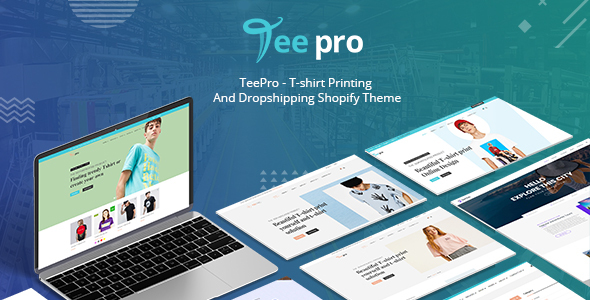1. Find your T-shirt niche business way for yourself
You need to find the kind of t-shirts are you interested in and how to create them. You will have to learn how to build a brand for yourself. Besides, you should find the important reasons for starting a t-shirt business. You need these ideas to create your own niche.
2. Create a brand plan and research your target T-shirt market
Target marketing allows you to focus your marketing dollars and brand message on a specific market that is more likely to buy from you than other markets. This is a much more affordable, efficient, and effective way to reach potential customers.
3. Craft your brand designs with T-shirt Design Tool
You will either craft your own designs or hire a designer to do it for you. There are now a lot of tools and T-shirt designs available for you to choose from Photoshop, Illustrator, Canva, Freepik, Envato Element, Placeit, etc.
4. Source a t-shirt manufacturer
To produce any garment of quality, you need to use a reputable clothing manufacturer to work. The benefit of t-shirt manufacturing, as opposed to other garments, is that it is a fast and automated process without the need for complicated patterns. This allows you to attain larger order quantities in shorter lead times.
5. Sourcing your fabric
With an increasing need for eco-conscious and sustainable options, selecting t-shirt fabric is not quite as straightforward as it was in the past. Organic cotton, bamboo, and jute are popular sustainable options and each has a variety of qualities alongside its green credentials including breathability, wrinkle resistance, and biodegradability.
Be careful to consider where you source your material, as this will help determine its availability long-term. There is nothing worse than a brand that chops and changes the material used in their t-shirts, so you want to avoid this at all costs.
6. Explore Printing techniques
Screen printing: This is a very popular method of printing and produces a high-quality finish.
Direct To Garment (DTG) printing: It works like paper printing in the office, using a quality textile printer and ink. As with paper printing, you load your designs to the computer then feed them to the printer, which sets the designs on the t-shirt.
Dye sublimation: This method is best suited to light fabrics, especially where you want to print a large design. Although it costs a lot to produce a dye sublimation, the resulting design looks very clear with a high resolution.
Heat Press Printing: With heat printing, a special kind of paper is used to make your designs, which transfers the designs to the t-shirt using heat and pressure. In most cases, vinyl is used as the transfer paper, and it has an adhesive on one side and a strippable tape on the opposite side.
Heat Transfer Vinyl: This technique uses a special cloth that is cut into various shapes before transferring them to the fabric using a heat press, which can either be a machine or an iron box. To cut out the shapes, you need something called a Cricut machine. If you intend to use small design graphics or slogans, then heat transfer vinyl is suitable.
7. Create a tech pack for t-shirt production
A tech pack is a collection of specification sheets that provide the blueprint for your design. It is a crucial tool used in garment product development, providing information for the factory or sampling unit to make your style exactly as you designed it to be. Done properly, a tech pack should save a lot of time and money in both sampling and production.
8. Decide on minimum order quantities
Due to technological innovation, digital printing is making it possible for small businesses to produce small batches at a time. Also, print-on-demand or drop shipping methods enable you to print garments only when you sell them. This method proves more expensive in general but enables small companies to find their feet before committing to large orders.
9. Decide on your sales funnel
Do you intend to sell your t-shirts online, in a physical store, or perhaps both? Both funnels have their different advantages and challenges, so this is something to research.
10. Market your brand
Organic growth requires a strong product that people will speak about positively. You will want to cultivate a group of consumers willing to push your t-shirt brand to their respective communities.

 5.0/5 ratings
5.0/5 ratings









